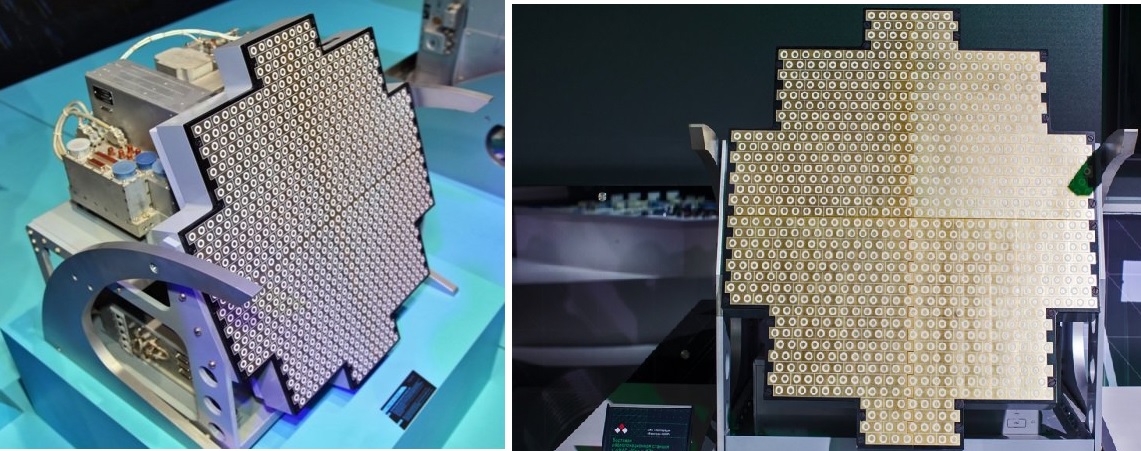SOURCE: IDRW.ORG

The Defence Research and Development Organisation (DRDO) has achieved a significant milestone in India’s defense technology landscape with the development of the country’s first Photonic Radar, a cutting-edge system that leverages light-based components for signal processing. According to DRDO sources, the radar is now poised to undergo extensive trials to validate its performance, marking a major leap toward enhancing India’s air defense capabilities with ultra-high resolution, stealth detection, and immunity to electronic jamming.
Unlike traditional radar systems that rely on radio frequency (RF) signals, the Photonic Radar employs photonics—using light waves, typically in the infrared or optical spectrum—for signal generation, transmission, and processing. This innovative approach offers several advantages, including unparalleled resolution for detecting small or low-observable targets, such as stealth aircraft and drones, and inherent resistance to electronic countermeasures like jamming, which are increasingly prevalent in modern warfare. The system’s development aligns with India’s Aatmanirbhar Bharat initiative, positioning the country among a select group of nations exploring photonic radar technology for defense applications.
“The Photonic Radar represents a paradigm shift in radar technology,” said a senior DRDO official, speaking on condition of anonymity. “Its ability to process signals with light-based components allows for faster, more precise detection, even in contested environments. We are now preparing for rigorous trials to ensure it meets operational requirements.” The trials, expected to commence in late 2025, will evaluate the radar’s performance across diverse scenarios, including high-altitude operations, coastal surveillance, and integration with existing air defense networks like the Akashteer system.
The Photonic Radar’s key strengths lie in its use of photonic integrated circuits (PICs), which enable rapid signal processing with minimal energy loss. This results in a higher signal-to-noise ratio, allowing the radar to detect stealth aircraft designed to evade conventional RF-based systems. Additionally, its immunity to jamming—achieved through the use of optical frequencies that are difficult to disrupt with electronic countermeasures—makes it a game-changer for India’s defense against advanced threats, including hypersonic missiles and low-observable drones.
DRDO’s focus on photonics also reflects global trends in radar technology. Countries like the United States, China, and Israel are investing in photonic-based systems, which promise to redefine battlefield awareness. Unlike RF radars, which are constrained by bandwidth limitations, photonic radars can operate across a broader spectrum, enabling simultaneous detection of multiple targets with unprecedented clarity. “This is like upgrading from a blurry camera to a 4K lens,” said aerospace analyst Dr. Rhea Malhotra. “It’s a force multiplier for India’s integrated air defense network.”
The upcoming trials will test the radar’s performance in real-world conditions, including extreme weather, high-altitude environments, and electronic warfare scenarios. DRDO aims to integrate the system with platforms like the Su-30 MKI, Rafale, and indigenous Tejas fighters, as well as ground-based air defense batteries. The radar’s compact design, enabled by photonic components, also makes it suitable for deployment on mobile platforms, enhancing flexibility for the Indian Army’s operations along the Line of Actual Control (LAC) and Line of Control (LoC).
While specific technical details remain classified, DRDO has indicated that the radar was developed at its Electronics and Radar Development Establishment (LRDE) in Bengaluru, with contributions from private partners under the Technology Development Fund (TDF). This collaboration underscores India’s push to involve startups and industry in defense innovation, reducing reliance on foreign suppliers. The project also builds on DRDO’s expertise in radar systems, seen in successes like the Uttam AESA radar and the Akashteer command-and-control system.
NOTE : Article cannot be reproduced without written permission of idrw.org in any form even for YouTube Videos to avoid Copy right strikes. Websites doing illegal reproductions will get DMCA and Legal Notices.